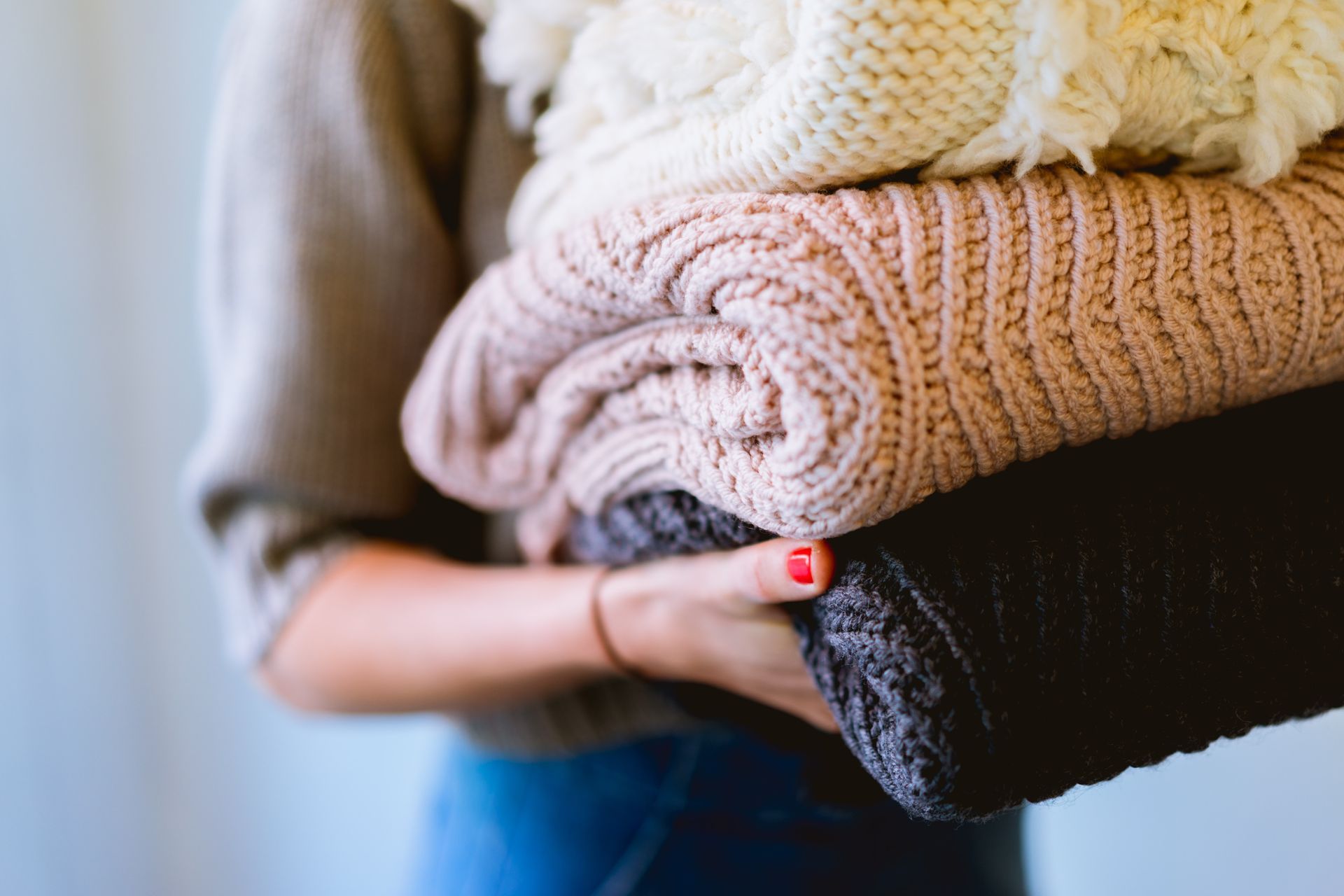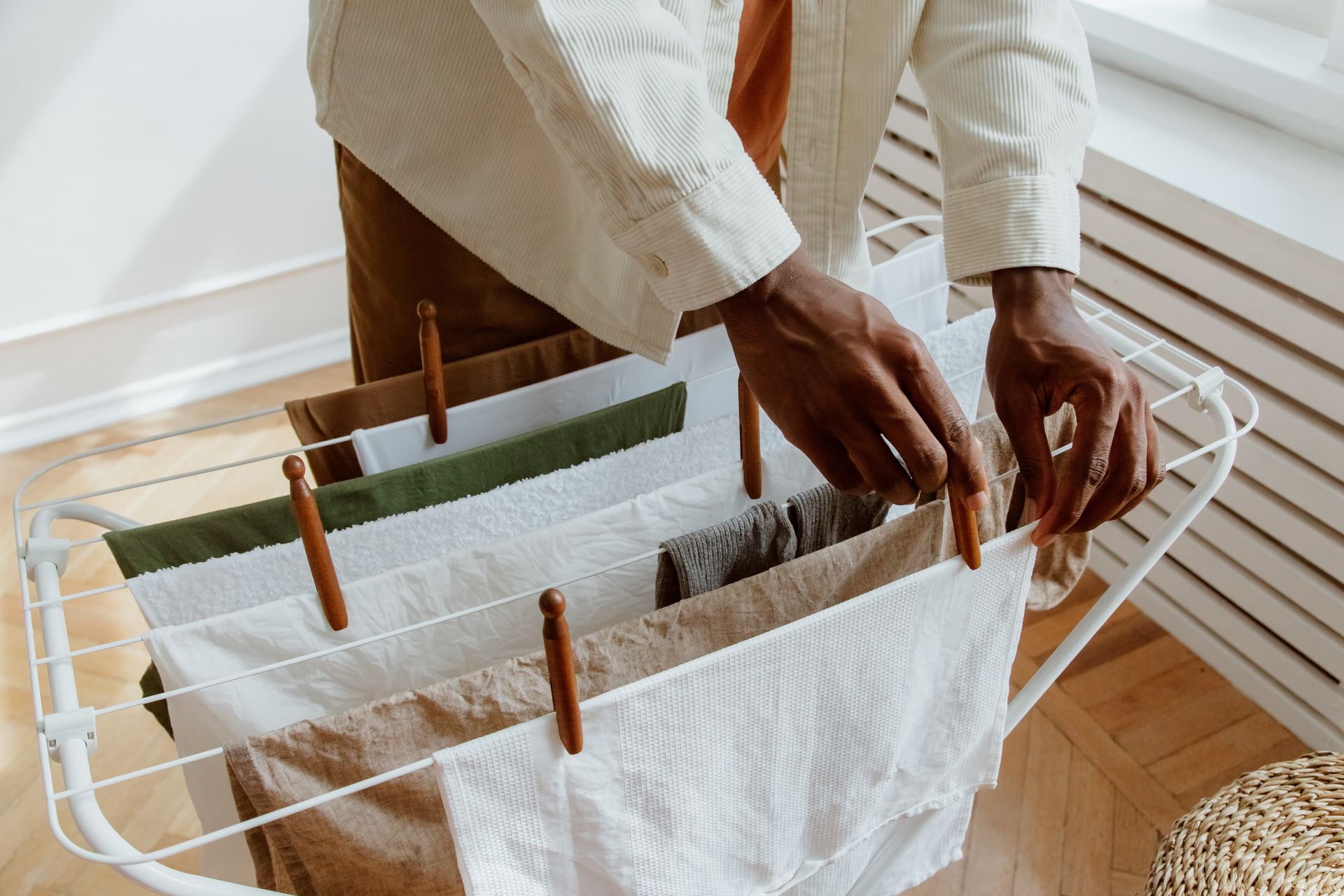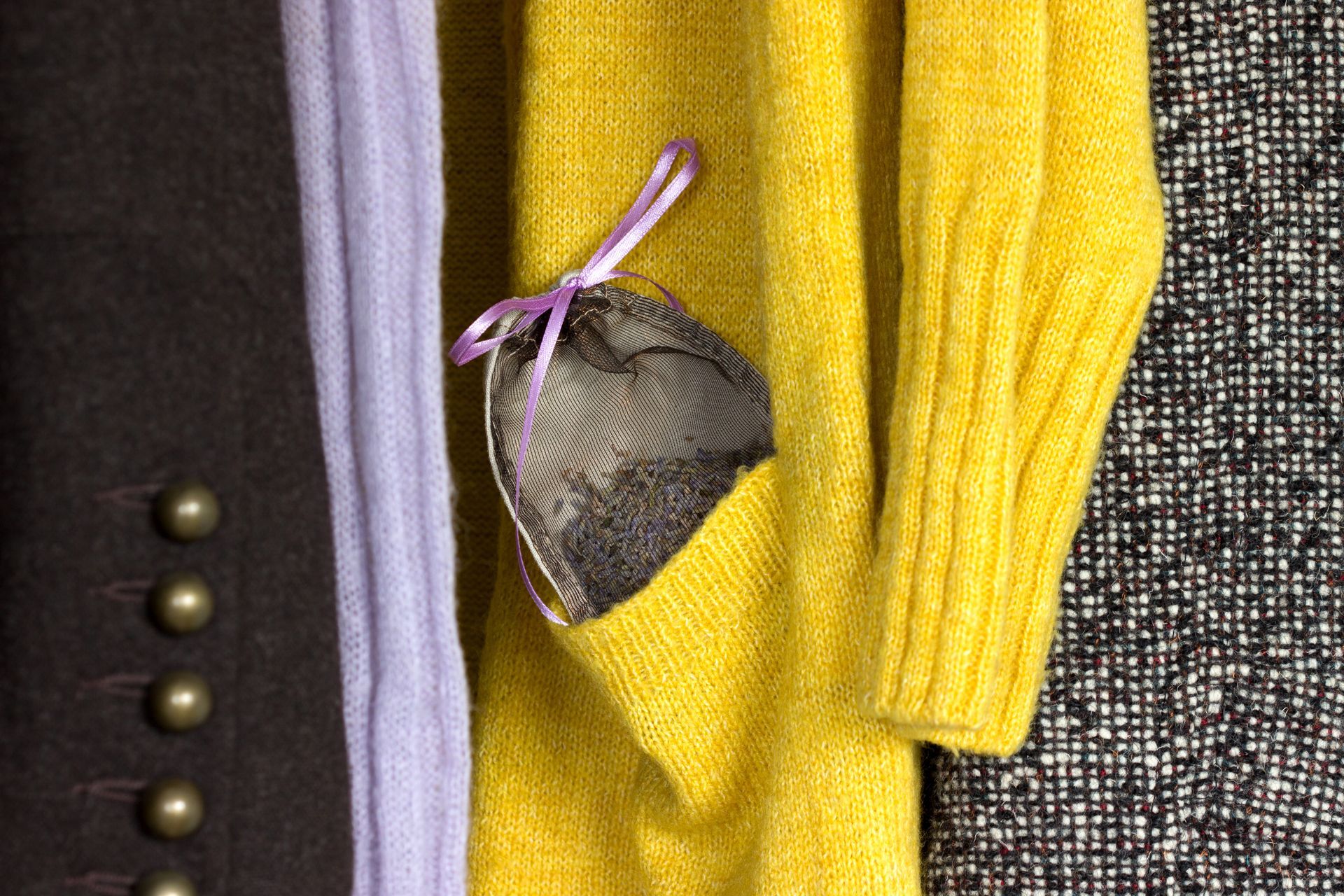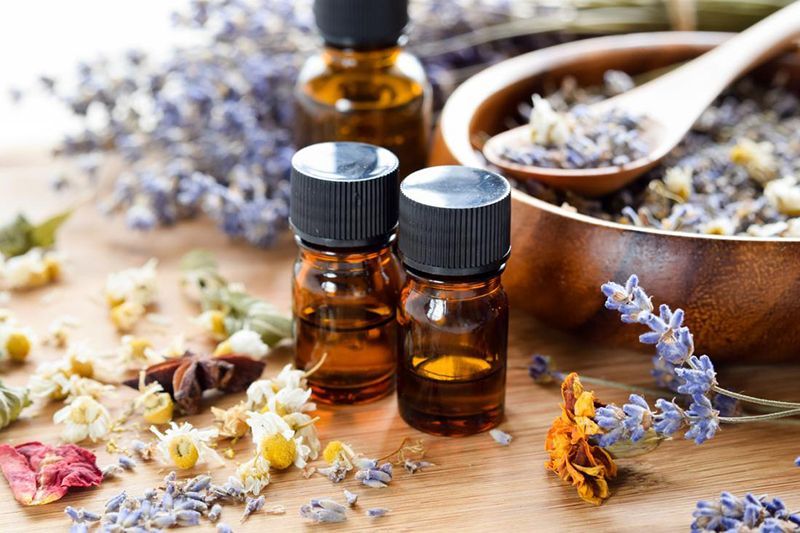How to Ditch Fabric Softener & Dryer Sheets

How fabric softener and dryer sheets work
Fabric softener is a kind of lubricant for fabrics. And did you know most dryer sheets are just squares of material coated in dry fabric softener? Their purpose and function are nearly identical. They only differ in their method of delivery. Fabric softener works by depositing a thin film onto fabrics. Commonly available fabric softeners and dryer sheets are usually made from a silicone derivative such as dimethicone.
This coating increases lubricity so that your hand slides smoothly over the fabrics and the fabrics slide smoothly against each other. This lubricant on fabrics also reduces static electricity by absorbing the excess electrons of negatively charged fabrics.
The coating can also reduce wrinkling. Silicone softeners do this by encasing fabric fibers in an elastic network. This network aids the fabric in recovering from a crease or other deformation.1 The coating also helps the fabric respond more to the heat of ironing.
The final feature of fabric softener is often the one people prize the most: fragrance. Fragrance is a huge selling point for all laundry products. Laundry manufacturers used to rely only on promises of getting laundry clean, but then they learned that consumers were much more swayed by how the laundry smelled. Since the fabric softeners always come after the cleansing cycle, they are able to deposit a plentiful load of scent on the fabrics.
What’s the problem with all that?
These lubricant residues build up on fabric in wash after wash, creating a layer of dinginess over time. New clothes stop looking so new. This gives rise to the need for laundry stripping to purge the fabrics of this build up and restore their brightness. This build-up and stripping process degrades the fabrics and decreases the lifespan of the item.
Certain fabrics should never be laundered with fabric softeners because it interferes with the function of the fabric. Moisturewicking fabrics used for athleticwear advise not to because the residue coats the pores in the fabric, inhibiting their ability to absorb moisture. Similarly, cloth diaper washing instructions discourage fabric softener because such a layer of lubricant makes the diapers less absorbent. The same holds true for towels. While the idea of softness sounds pleasant, it nullifies the fabrics’ basic function.
You’ll also find cautions against the use of softeners on waterproofed or flame-retardant fabrics, though those properties carry their own host of problems.
And about that fragrance
With laundry fragrance, the stakes are so much higher because the scents are intended to last an extra-long time. One major brand of fabric softener touts “just-washed freshness for 100 days” and another promises “weeks of lasting freshness.” These fragrances are meant to stick around on whatever surface they find themselves, be it your clothes or your skin or your lungs.
But what is so bad about these long-lasting smells? A 2011 study identified acetaldehyde and benzene in dryer vent emissions when scented products were in use.2 These are both known human carcinogens. Five additional substances found in the emissions are on the U.S. Environmental Protection Agency’s (EPAs) list of hazardous air pollutants.
There’s a large body of evidence linking laundry fragrance to more immediate maladies such as respiratory ailments and migraines. One 2016 study found that more than 12.5% of respondents reported irritation from scented laundry products that were vented outside. Another study found that laundry detergent and rinses disrupted the integrity of bronchial cell barriers, even at highly diluted concentrations.3 Yet another study of fabric softeners found emissions of several known irritants that caused sensory irritation (affecting the eyes and upper respiratory) in 61% of measured breaths, as well as pulmonary (lung) irritation and limitation of airflow.3
Concerns with fragrance residues on laundry are further intensified because, unlike other surfaces in our house that we casually touch, we are in constant full-body contact with the fabrics we launder. We wear them, we dry with them, we sleep on them. Fabric softeners intentionally leave residues. This makes exposure from direct skin contact very high. Studies show that up to 11% of the general population exhibits signs of allergic contact dermatitis from fragrance when tested in a controlled patch testing.4 That’s approximately 1 in 10 of us!

What can you do about this?
Especially since it can be hard to give up years of habit! Here are some ideas:
Alternatives to Fabric Softeners and Dryer Sheets
For softening & static reduction
• Use distilled white vinegar in place of liquid fabric softener or spray a clean washcloth lightly with vinegar and toss in dryer. The vinegar scent will dissipate entirely by the time clothes are dry.
• Use 4-6 wool dryer balls for softening, static reduction, and reducing drying time. There are many DIY instructions online about how to easily make your own dryer balls with wool yarn or by upcycling wool material you may already have at home.
• Air dry clothes to reduce static caused by friction of fabrics rubbing together.

For de-wrinkling
• Remove clothes from dryer immediately at the end of the cycle and fold or hang.
• Wet your dryer balls or dampen a washcloth or hand towel and throw them in with the wrinkled clothes. Check after 20 minutes.
• Air dry clothes.

For scenting
• Use well-sealed herbal sachets in the dryer. Lavender, mint, and lemon balm are great options.
• Make your own reusable dryer sheets. There are many DIY instructions online about how to easily make your own dryer sheets with essential oils, vinegar and fabric scraps.
• Store clothes with herbal sachets.
• Store clothes with a cotton pad sprinkled with a few drops of essential oil.
• Accustom yourself to less scent in your fabrics.

Getting rid of a scent
Perhaps you’ve been in this reverse situation: A friend has blessed you with a large bag of hand-me-downs for your ever-growing munchkin. The only problem? Whoever had them before you used fabric softener like it was going out of style. Three washes later, and you can still smell it on the clothes.
Here are some tips for removing the scent of fabric softener:
• Add 1 cup vinegar and ½ cup baking soda to the wash cycle. (Halve these amounts for HE washing machines.)
• Soak the clothes in the washer with water and 2 cups of vinegar for 20 minutes before laundering.
• Air dry the clothes, or better yet, dry them on a clothesline in the sun.
1. Montazer, M. and Harifi, T., 2018. Nanofinishing of Textile Materials. Woodhead Publishing, pp.83-94.
2. Kessler R. Dryer vents: an overlooked source of pollution? Environ Health Perspect. 2011;119(11):A474-A475. doi:10.1289/ehp.119-a474a.
3. Rosalind C. Anderson, Julius H. Anderson (2000) RESPIRATORY TOXICITY OF FABRIC SOFTENER EMISSIONS, Journal of Toxicology and Environmental Health, Part A, 60:2, 121-136, DOI: 10.1080/009841000156538.
4. Reeder MJ. Allergic Contact Dermatitis to Fragrances. Dermatol Clin. 2020 Jul;38(3):371-377. doi: 10.1016/j.det.2020.02.009. Epub 2020 May 4. PMID: 32475515.









